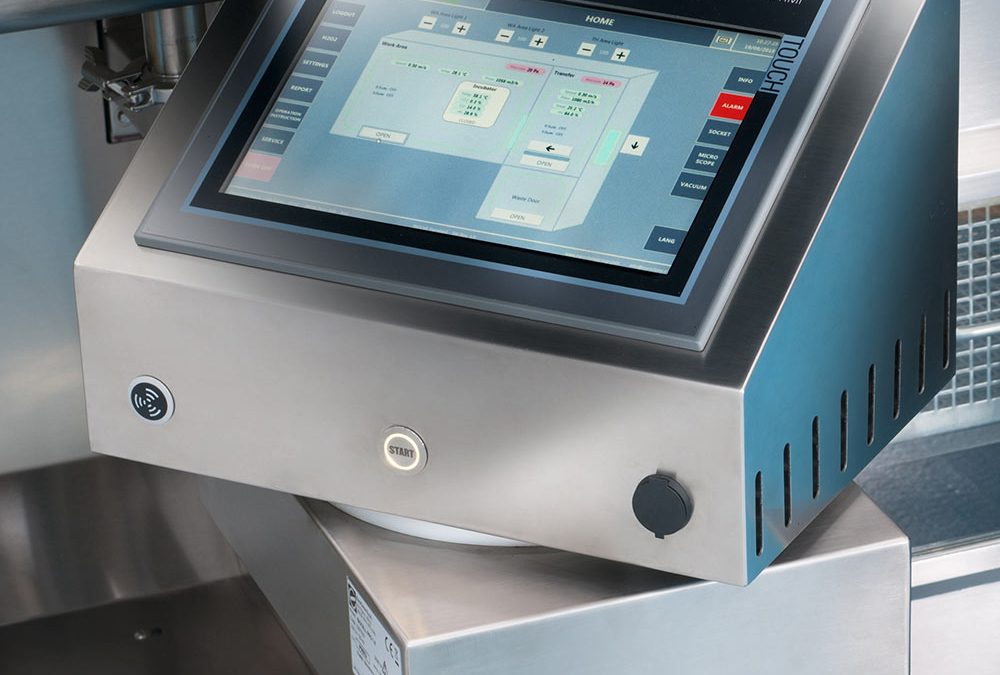The Supervisory Control and Data Acquisition, commonly known as SCADA, is a control system architecture comprised of a workstation connected to a network of processes, designed to remote control of the production. The extensive integration of different software with a network of controls allows the operator to perform tasks such as data acquisition and storage, real-time control, and network communications in a completely remote manner, without risk of contamination. The total control of every part of the machine drastically increases the safety of both the product and the operator.
Nowadays SCADA systems are fundamental assets in the pharmaceutical or medical fields, and all the other medical fields that required high precision and remote control. Obviously, systems used for the production of high regulated medicinal therapies as ATMPs are must comply with current Good Manufacturing Practices (cGMP).
FDA regulation rules are the ones applied for the paper-based quality systems (21 CFR Part 211, 21 CFR Part 820, and others) plus 21 CFR Part 11. According to these guidelines, SCADA system records and functions must be limited to a user access restriction, must possess an electronic signature, and must follow the so-called ALCOA guidelines. ALCOA is the acronym of Attributable, Legible, Contemporaneous, Original, and Accurate, fundamental attributes that saved data must have in order to be accepted by regulations. Other essential feature involves databases for both alarms or malfunctioning and expanded functionality for project-specific purposes.
All the severe guidelines mentioned so far must be followed in order to ensure humans receive treatments free of potentially harmful defects. Furthermore, ALCOA regulations are pivotal for every SCADA software, as loss of critical data is often associated with loss of production.
Recent Articles
- Cell therapy based on neuronal precursors for the treatment of multiple sclerosis 10 January 2023
- How to Improve the Sustainability of Advanced Therapies: The Case of Strimvelis 24 November 2022
- FDA reorganization: a “Super Office” to manage the increasing cell and gene therapy workload 3 November 2022
- GMP Cleanliness Classifications: Deciphering the Differences and Requirements among Grades 12 September 2022
- How to Overcome the Most Common Issues in the GMP-Compliant Culturing of Mesenchymal Stem Cells: Isolation and Automatization 30 August 2022

